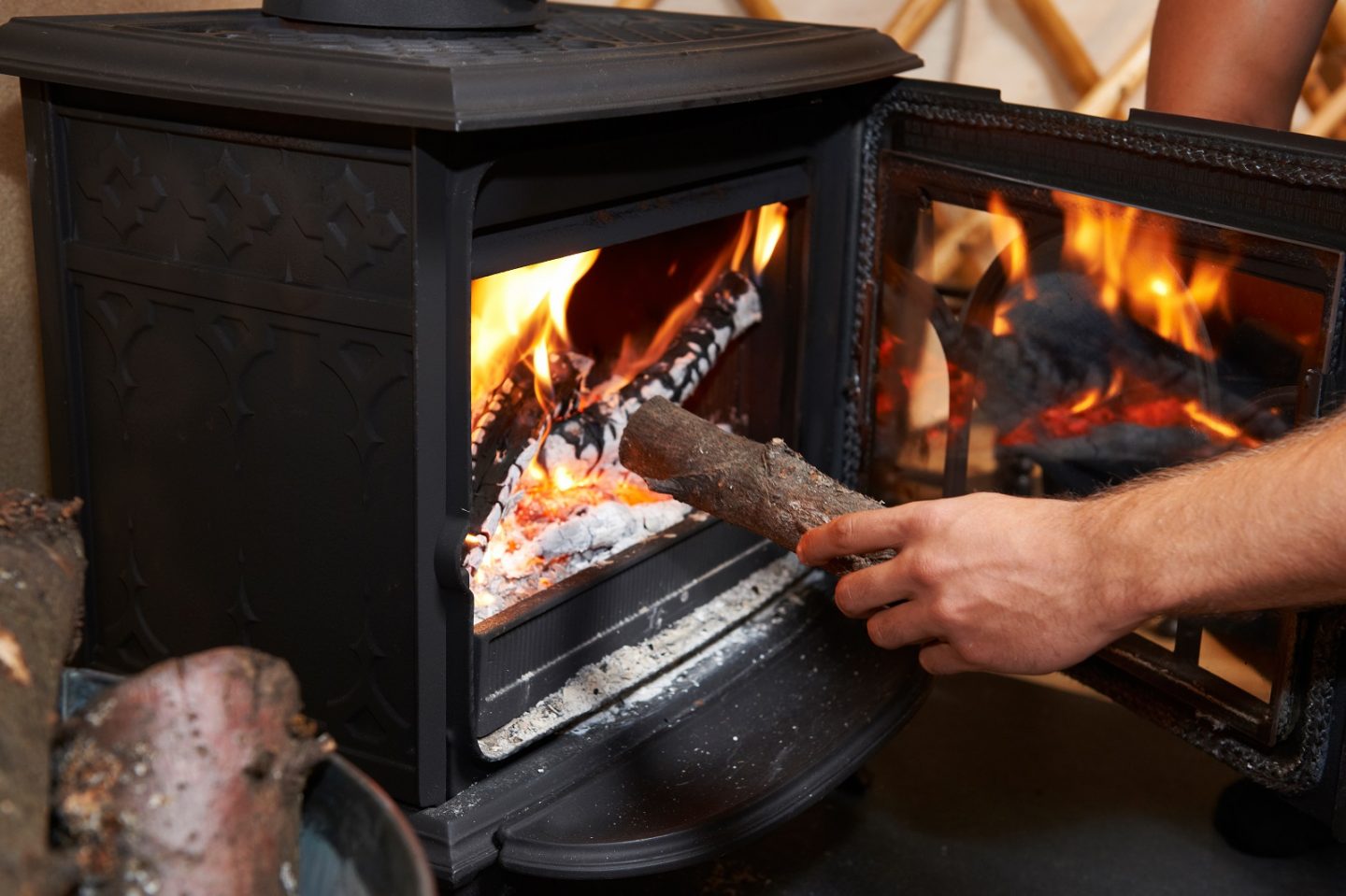The PuroClean Blog
10 Wood Stove Safety Tips to Live By

Wood stoves provide comfort and warmth during the harsh winter months. However, wood stoves must be used with caution to avoid accidental fires and carbon monoxide (CO) poisoning. Here are wood stove safety tips that homeowners can follow to minimize those risks:
Wood stove safety tips
- Those who are buying a new stove should have a qualified professional install the stove, chimney, and connectors. The stove must also have the label of a nationally recognized testing laboratory.
- The wood stove should be placed on a floor pad at least one metre away from walls, furniture, curtains, and other flammable materials. Similarly, anything that can burn must be kept at a safe distance away from the stove.
- Before the heating season begins, the chimney, flue vents, and stove should be inspected and cleaned by a certified chimney sweep. Homeowners can check latches, hinges, and gaskets regularly, and keep an eye out for damage.
- The ashes must be removed regularly and disposed of safely. They should be left to cool before discarding in a covered metal container. The container must be kept outside, three or more metres away from the home and other buildings.
- Only dry, seasoned wood should be used. It includes maple, beech, ash, hickory or oak. Burning green wood, cardboard or trash is not recommended, as it can produce creosote buildup in the chimney flue.
- Gasoline, charcoal starter fluid or other flammable liquids must never be used to start a fire or to increase its intensity. These substances might explode or flare up.
- Wood should be stored safely in a dry place, protected from the elements, such as under a shed or tarp. This also allows the wood to dry faster. In addition, it’s best to keep it away from heat sources to reduce fire risks.
- Children should always be supervised when a wood stove is being used. They must be taught to stay at least one metre from a hot stove. Pets should not get near the stove, either.
- The home must have smoke and carbon monoxide (CO) alarms outside each bedroom and on every level of the home. The best practice is to interconnect all smoke and CO alarms throughout the house, so when one sounds, they all do. The alarms should also be tested
- Homeowners should keep a Class A fire extinguisher A portable fire extinguisher can help to quickly put out a small fire.
For fire damage restoration, contact PuroClean!
By taking these precautions, property owners will be ready to safely enjoy their wood stove during the cold winter months. Yet, if a disaster happens, PuroClean is ready to restore properties, no matter the level of damage. The PuroClean team stands ready to provide professional fire and smoke damage restoration services, as well as water damage restoration and mould removal.
October 22, 2019


